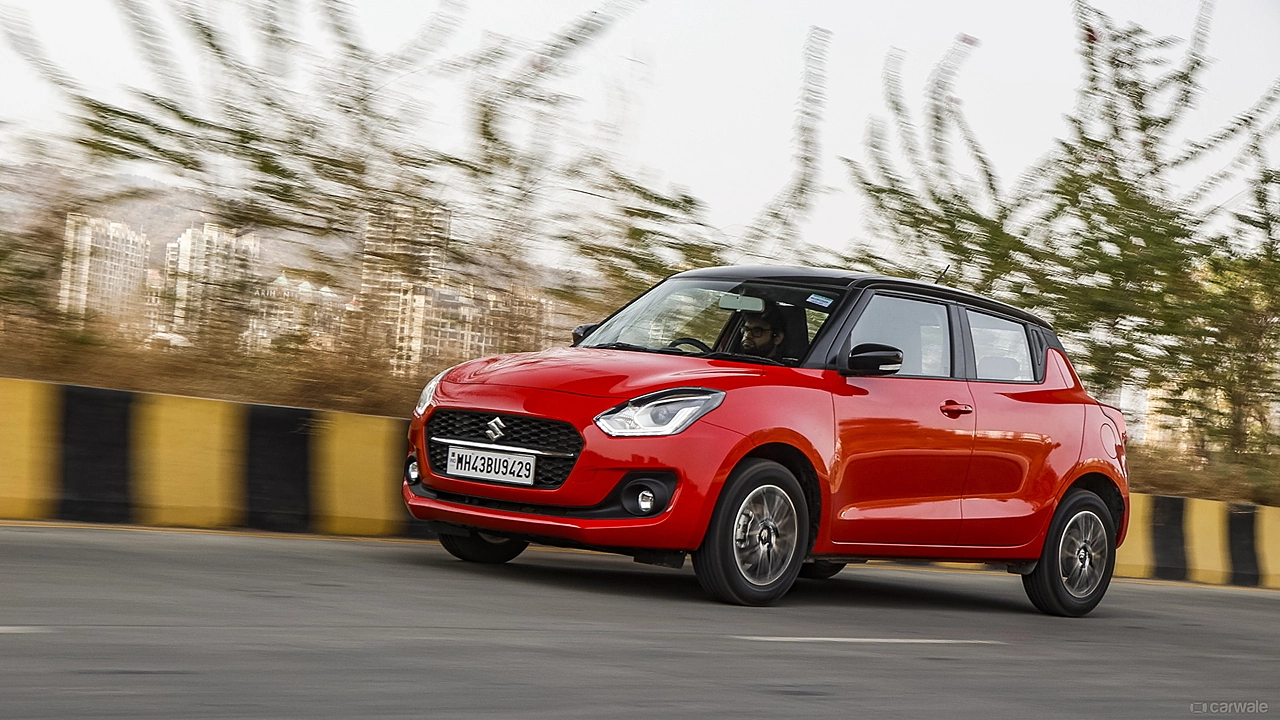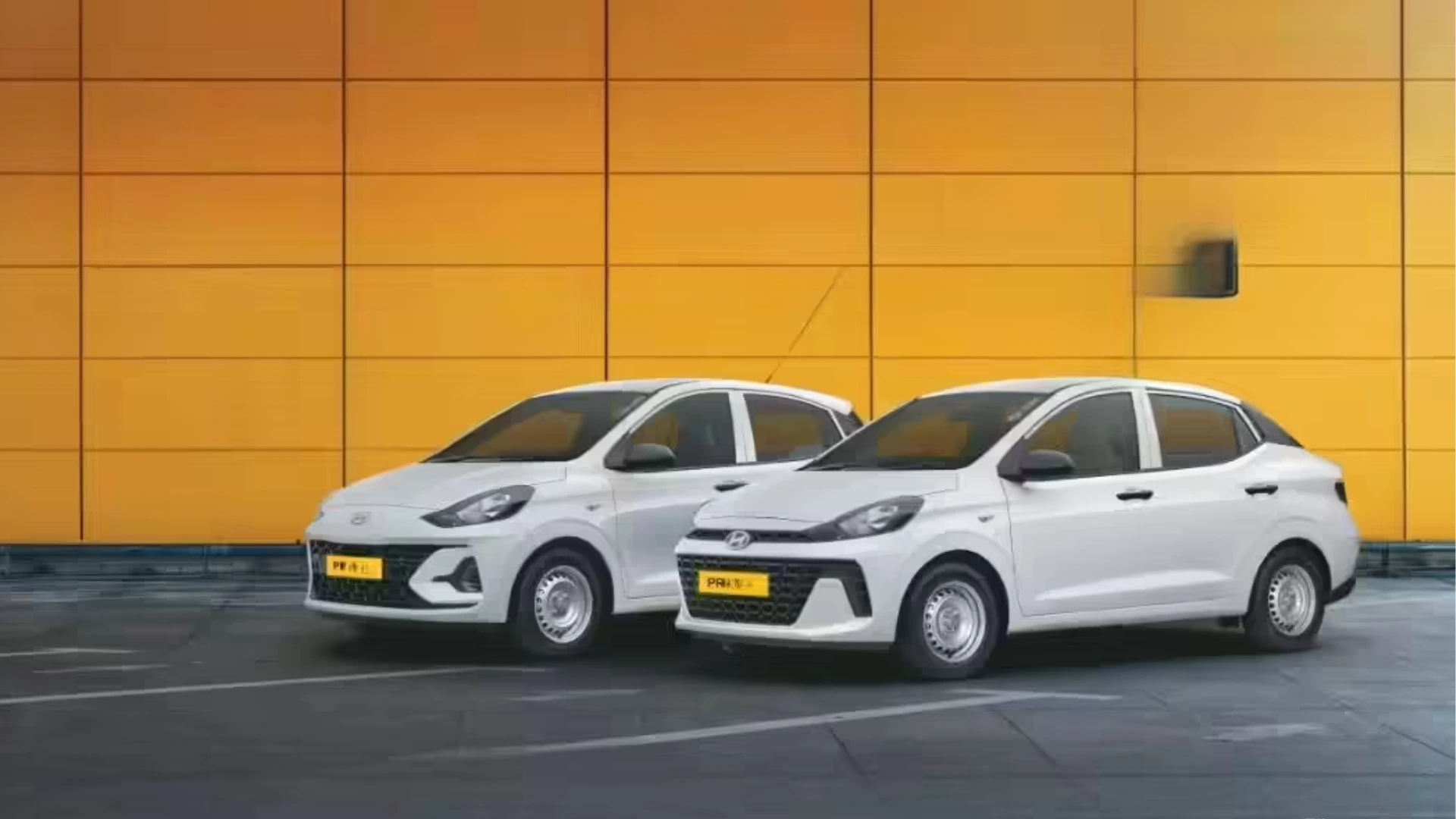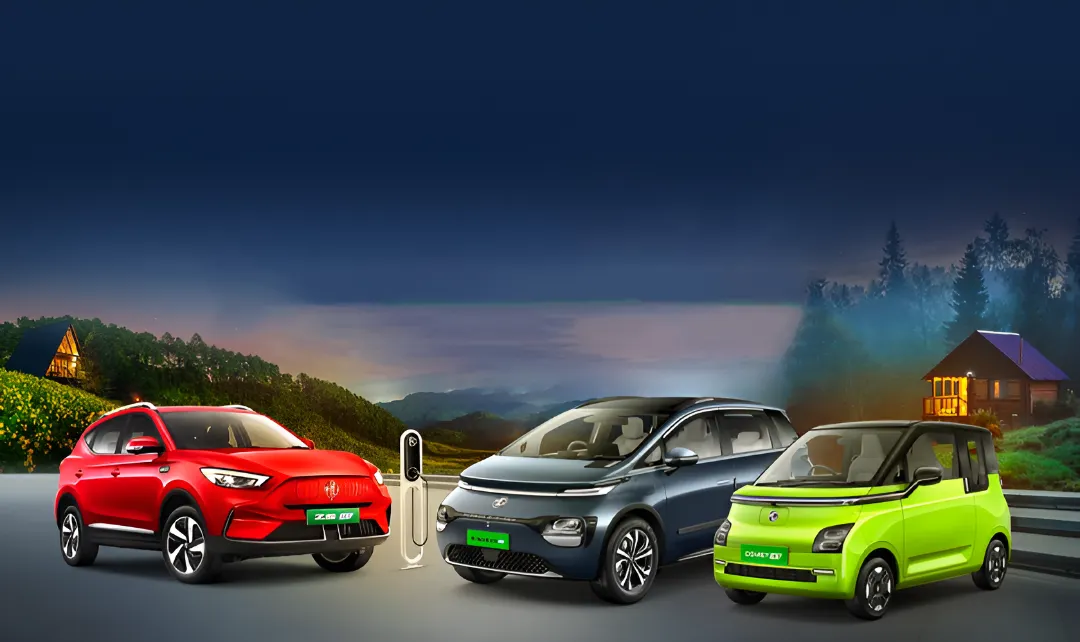When you start your car, you expect to see a clear exhaust pipe, quietly releasing spent gasses from the combustion process. However, if you notice blue, white, or black car engine smoke coming from your exhaust, it can be alarming and may hint at potential issues. Let's learn what each type of smoke might signify and how to diagnose and address these concerns.
White Smoke from the Exhaust
White car engine smoke emanating from your car's exhaust is a common sight, especially during cold starts. This phenomenon is often attributed to condensation within the car exhaust system, which occurs when the engine is cold and gradually dissipates as the engine warms up. It's generally considered normal and not a cause for concern.
However, if the white smoke persists or is particularly thick, it could indicate a more serious issue such as an engine coolant leak or a failing head gasket. Coolant leaking into the engine can result in white smoke that resembles steam, accompanied by a sweet smell. In such cases, immediate attention is required to prevent overheating and engine damage.
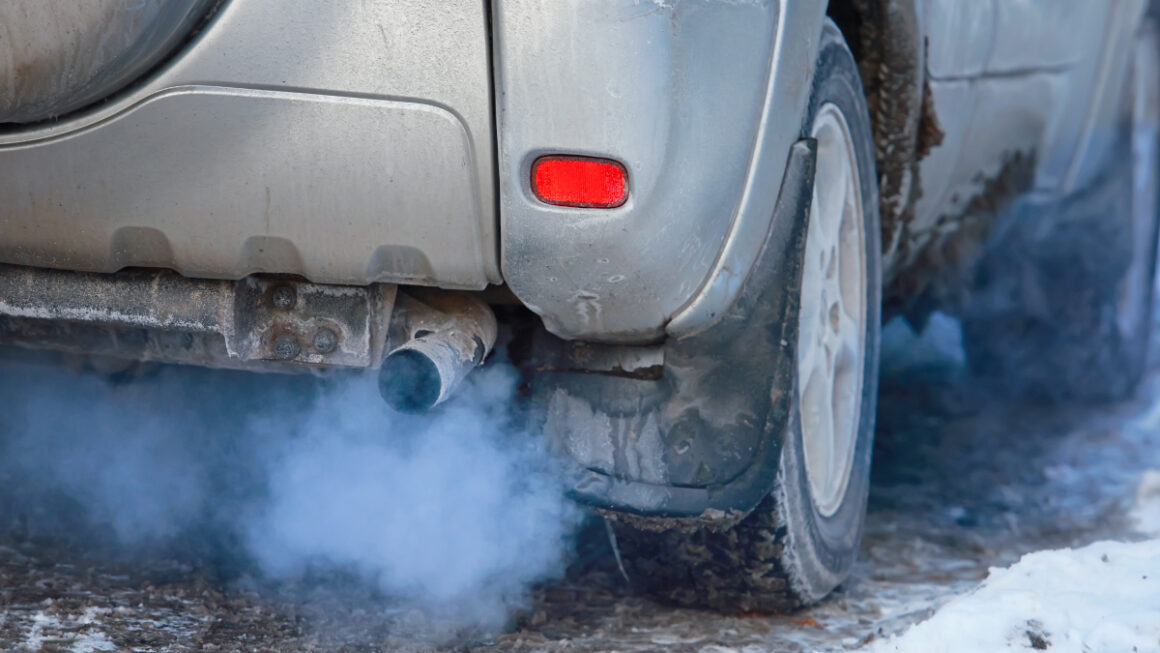
Blue Smoke from the Exhaust
Blue smoke is a clear indication of oil burning within the engine. This can occur due to various reasons, including overfilled oil levels during a recent service, oil spills onto hot engine components, or worn-out internal engine parts such as valve seals, piston rings, or turbochargers.
If you notice blue smoke, particularly in older or high-mileage vehicles, it's crucial to address the underlying cause promptly. Ignoring this issue can lead to increased oil consumption, reduced engine performance, and potential damage to critical engine components. A professional inspection and repair may be necessary to resolve the issue effectively.
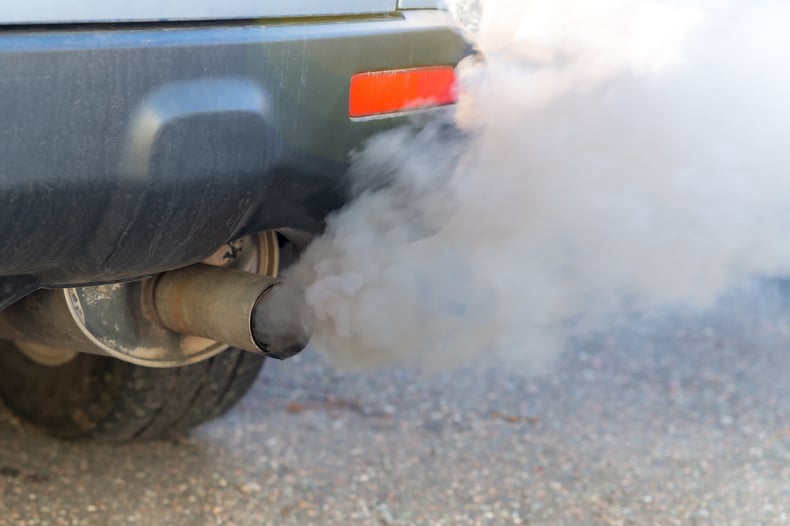
Grey Smoke from the Exhaust
Grey smoke coming from the exhaust can stem from several sources, including excess oil consumption, a malfunctioning Positive Crankcase Ventilation (PCV) valve, or transmission fluid entering the engine. In automatic cars, a common cause of grey smoke is a leak in the transmission system, which allows transmission fluid to mix with engine oil and produce greyish exhaust emissions.
While some causes of grey smoke, such as a faulty PCV valve, may require relatively simple repairs, others, like transmission fluid leaks, necessitate professional intervention. Ignoring grey smoke can lead to further damage to engine components and should be addressed promptly to maintain vehicle performance and reliability.
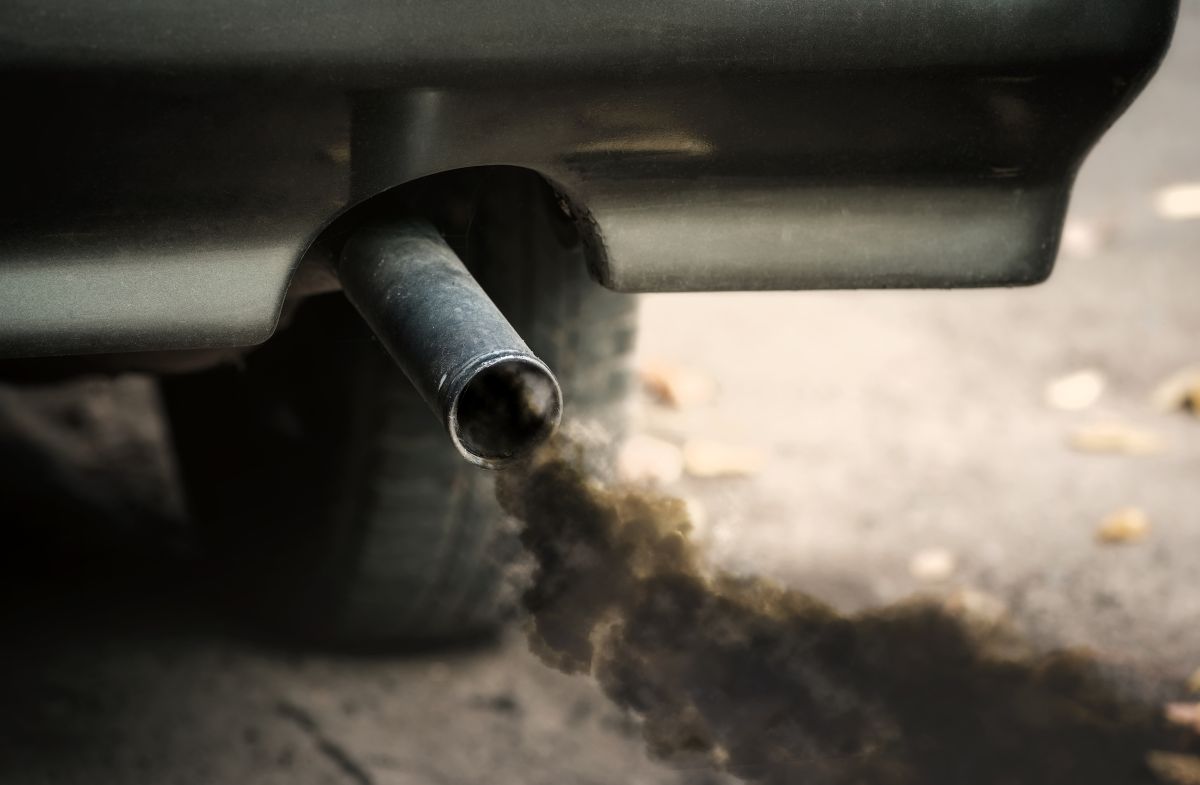
Black Smoke from the Exhaust
Black smoke is often associated with rich fuel mixtures in petrol cars or soot buildup in diesel vehicles. In petrol cars, black smoke can result from issues such as a clogged air filter, dirty fuel injectors, or a malfunctioning fuel pressure regulator. These issues can lead to inefficient combustion and increased emissions.
In diesel cars, black smoke may indicate a problem with the diesel particulate filter (DPF), which traps soot particles from the exhaust. Regular driving at higher speeds can help regenerate the DPF and reduce black smoke emissions. However, persistent black smoke may require professional diagnosis and potential DPF cleaning or replacement.
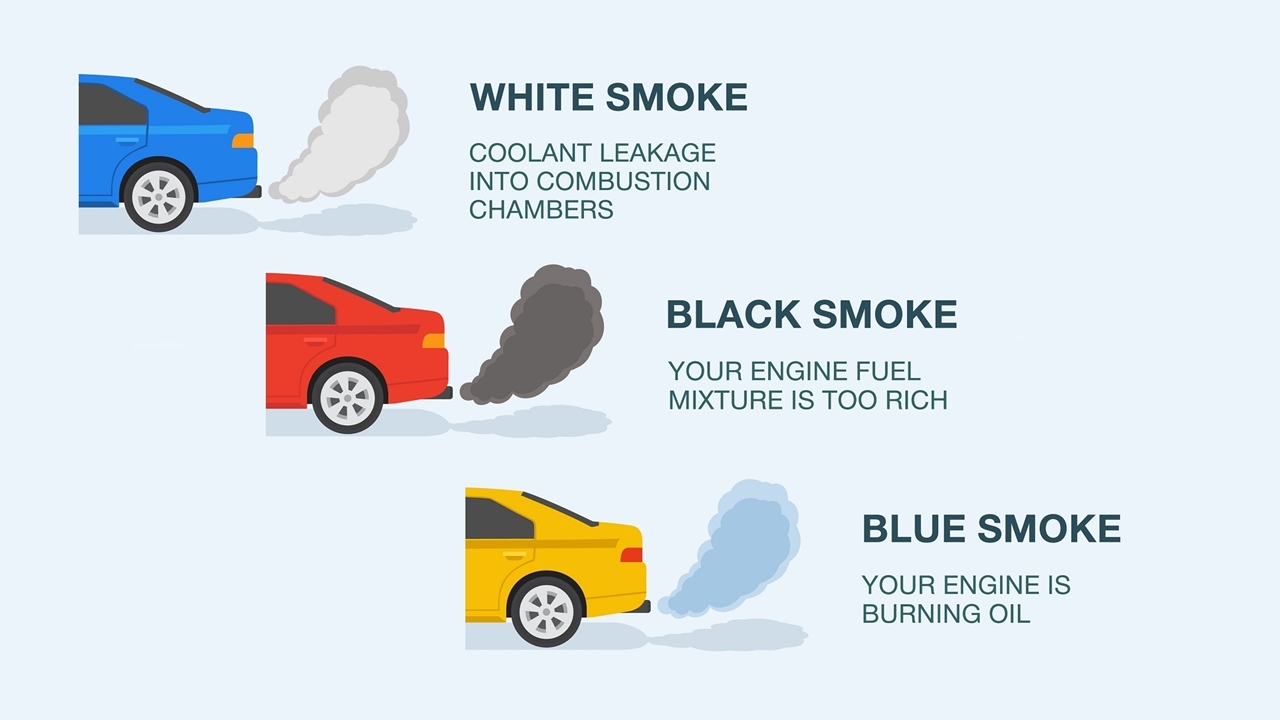
While seeing smoke from your car's exhaust can be concerning, understanding the different colors and their potential causes is essential for effective diagnosis and timely repairs. Regular maintenance, including oil and filter changes, can help prevent many exhaust smoke-related issues. However, if you notice persistent or unusual smoke emissions, it's advisable to seek professional assistance to ensure your vehicle's optimal performance and longevity.
Also read: What do the emergency symbols of your car mean?







